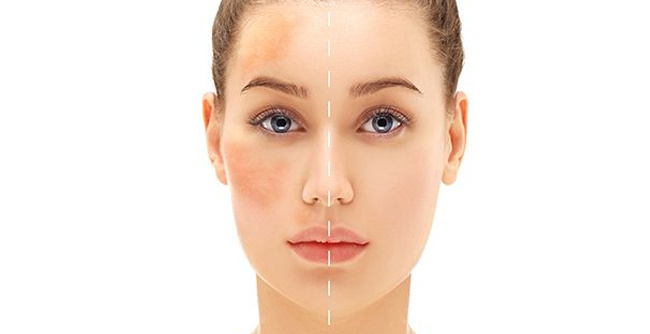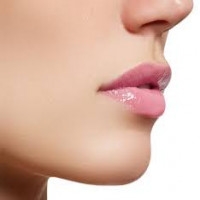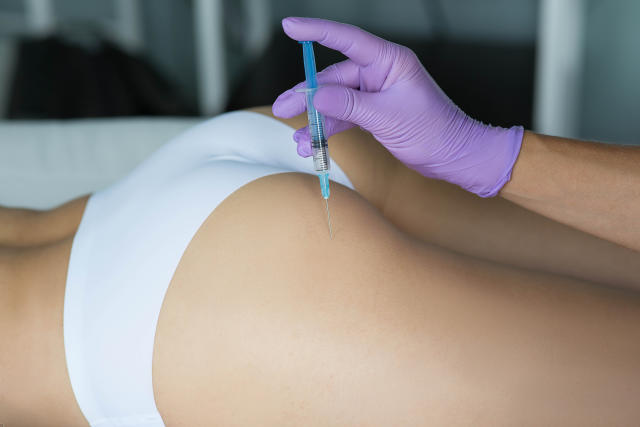Melasma Treatment What You Need to Know for Better Results

Strong 8k brings an ultra-HD IPTV experience to your living room and your pocket.
Melasma, a common skin condition that leads to dark, discolored patches, particularly on the face, can be both frustrating and challenging to treat. Though harmless, the cosmetic impact of melasma can affect your self-confidence and make you long for clearer, even-toned skin. If you're struggling with melasma, it's essential to understand the best treatment options available, as well as the crucial steps for achieving the best results. In this article, we will guide you through everything you need to know about Melasma Treatment Dubai offering tips, insights, and strategies for better, more effective results.
Understanding Melasma: The Root Causes
Before diving into treatment options, it’s important to understand what causes melasma. Typically, melasma appears as dark brown or grayish patches on the face, with the cheeks, forehead, upper lip, and chin being the most commonly affected areas. The primary causes of melasma include hormonal changes (such as during pregnancy or with the use of birth control), excessive sun exposure, and genetics. These factors trigger an overproduction of melanin, the pigment responsible for skin color, resulting in uneven pigmentation.
Understanding your skin’s response to melasma is crucial because it informs the treatment methods that will be most effective for you. With the right approach, you can see noticeable improvement over time.
Top Treatment Options for Melasma
There is no one-size-fits-all solution when it comes to melasma treatment, as different methods work for different skin types. However, there are several proven strategies that can help lighten melasma spots and improve skin tone.
Topical Treatments: A Staple in Melasma Management
Topical treatments are often the first line of defense against melasma. These treatments are designed to reduce pigmentation and prevent future discoloration by targeting melanin production. Some common topical treatments for melasma include:
Hydroquinone: This is one of the most commonly prescribed topical treatments for melasma. Hydroquinone works by lightening dark spots and inhibiting melanin production. It’s available in various strengths and is often used as a first-line treatment. However, it’s important to use hydroquinone under the guidance of a professional, as it may cause irritation for some skin types.
Retinoids: These compounds, derived from Vitamin A, help promote cell turnover and reduce the appearance of dark spots. Retinoids can help improve skin texture and fade melasma patches over time. They’re often used in combination with other treatments like hydroquinone for enhanced results.
Vitamin C: A powerful antioxidant, Vitamin C helps brighten the skin by inhibiting melanin production and promoting collagen production. When applied topically, Vitamin C can lighten hyperpigmentation and improve overall skin texture.
Chemical Peels: A Professional Solution for Faster Results
Chemical peels are another effective treatment option for melasma. These treatments involve the application of a chemical solution that exfoliates the top layer of skin, allowing fresh, healthy skin to emerge. The process can help remove the pigmented layers of skin, which may improve the appearance of melasma over time. Chemical peels come in different strengths, ranging from superficial to deep peels, depending on the severity of the melasma.
It’s essential to note that chemical peels should always be performed by a professional to ensure safety and effectiveness. Overuse or incorrect application can lead to skin irritation or worsened pigmentation.
Laser Treatments: Targeting Melasma at the Source
Laser treatments, such as fractional lasers and Q-switched lasers, are becoming increasingly popular for treating melasma. These lasers work by targeting the melanin in the skin and breaking it down into smaller particles that the body can naturally eliminate. Laser treatments can be highly effective in reducing pigmentation and improving skin texture. However, it's important to consult with a qualified professional to ensure that you’re using the right type of laser for your specific skin type and melasma severity.
Sun Protection: A Critical Step in Preventing Melasma Flare-Ups
Sun exposure is one of the main triggers of melasma, and even the most effective treatments can be rendered less effective if you don’t protect your skin from UV rays. When treating melasma, always apply a broad-spectrum sunscreen with an SPF of at least thirty to protect your skin from harmful UV rays. Sunscreen helps prevent melasma from worsening or reoccurring, especially during the treatment process.
Additionally, seek shade, wear protective clothing, and use wide-brimmed hats or umbrellas when outdoors. These proactive steps will support your treatment efforts and help you maintain clearer skin long term.
Natural Remedies: Gentle Alternatives for Skin Care
In addition to professional treatments, many people seek natural remedies to complement their skincare routine. While these may not work as quickly as medical treatments, they can offer gentle, safe options for managing melasma. Some natural remedies to consider include:
Aloe Vera: Aloe vera has skin-healing properties and can help lighten dark spots over time. Its soothing effect makes it ideal for sensitive skin.
Lemon Juice: Known for its natural bleaching properties, lemon juice can help lighten pigmentation. However, always use it with caution, as it can make the skin more sensitive to sunlight.
Turmeric: The active compound curcumin in turmeric has been shown to have skin-brightening effects. You can create a face mask by mixing turmeric with honey or milk.
Post-Treatment Care: Maximizing Your Results
After undergoing Melasma Treatment in Dubai whether topical, chemical, or laser-based, proper post-treatment care is essential to ensure the best results. Here are a few tips to follow:
Moisturize: Keeping your skin hydrated after treatment will help it heal faster and reduce any dryness or irritation caused by treatments.
Be Patient: Melasma treatments, especially natural or topical remedies, take time. Consistency is key when it comes to seeing significant improvement.
Avoid Scrubbing or Irritation: Be gentle with your skin. Avoid scrubbing or using harsh exfoliants that may irritate treated areas.
Hydrate: Drink plenty of water to keep your skin hydrated and support its natural healing processes.
Final Thoughts on Melasma Treatment
Managing melasma requires a multi-faceted approach, combining effective treatments, sun protection, and patience. Whether you opt for topical treatments, chemical peels, or laser options, the key to success is consistency. Always protect your skin from the sun, and be patient as you incorporate treatments into your routine. With time, you can achieve clearer, more even skin and feel confident once again in your natural beauty.
Note: IndiBlogHub features both user-submitted and editorial content. We do not verify third-party contributions. Read our Disclaimer and Privacy Policyfor details.







